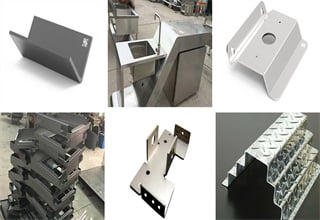Press Brakes -Metal Sheets Bending Machines
Home > Press Breaks-Metal plate bending machines
- Press Breaks - Metal Sheets Bending Machines

CNC Control Press Brake
Control: Delem | Capacity: 80T/100T/125T/165T/200T

Large Press Brake
Control: Delem | Capacity: 300T/500T/800T/1000T

Industrial CNC Press Brake
Control: Delem | Capacity: 300T/500T/800T/1000T

NC Control Press Brake
Control: ESTUN | Capacity: 80T/100T/125T/160T/200T
- Machine Video

Appreciate if tell us your industry, material to be cut, thickness, size, etc.
It will be very helpful to well understand and confirm your specific requirements.
Why Choose M.RISE

Quality Certification
Certified by CE, ISO 9001, FDA, and RoHS, our machines meet the highest standards of quality and safety


OEM/ODM and Customized Solution
We provide customized production line solutions for various industries, backed by an R&D team with over 10 years of experience.


GOLD Warranty
3-Year Warranty,
Free lifetime based TECH support


24/7 Customer Service
Our multilingual team of professional engineers responds within 1 hour and provides both online and on-site paid services for machines from other brands


WHAT OUR CUSTOMERS SAY






What is a press brake and how does it work?
A press brake is a machine used to bend sheet metal by pressing it between a punch and die. It uses hydraulic, electric, or servo systems to apply force and create precise angles in metal sheets.

What materials can be bent with a press brake?
Press brakes can bend a variety of materials, including carbon steel, stainless steel, aluminum, copper, and brass, depending on the tonnage and tooling used.

What’s the difference between CNC and NC press brakes?
CNC Press Brakes have computer-controlled backgauges, angle measurement, and multi-axis automation for complex jobs.
NC Press Brakes (Numerical Control) are semi-automatic and suited for simpler tasks and lower-volume production.

How do I choose the right tonnage for my press brake?
Tonnage depends on material type, thickness, bend length, and desired angle. Use a tonnage calculator or consult the manufacturer for accurate recommendations.
